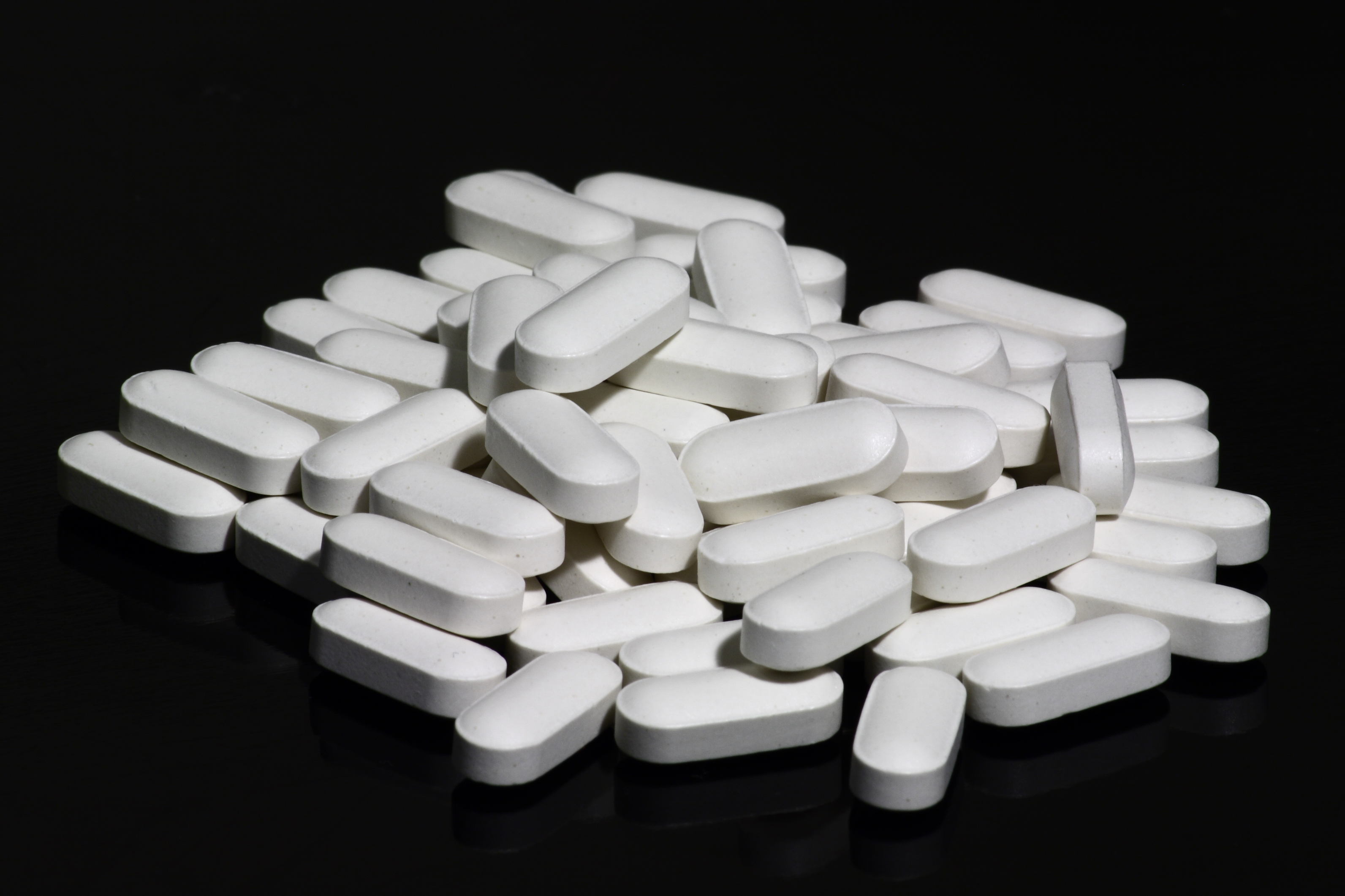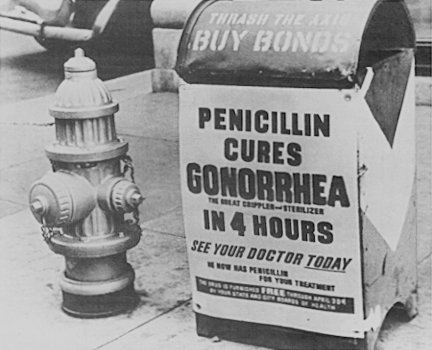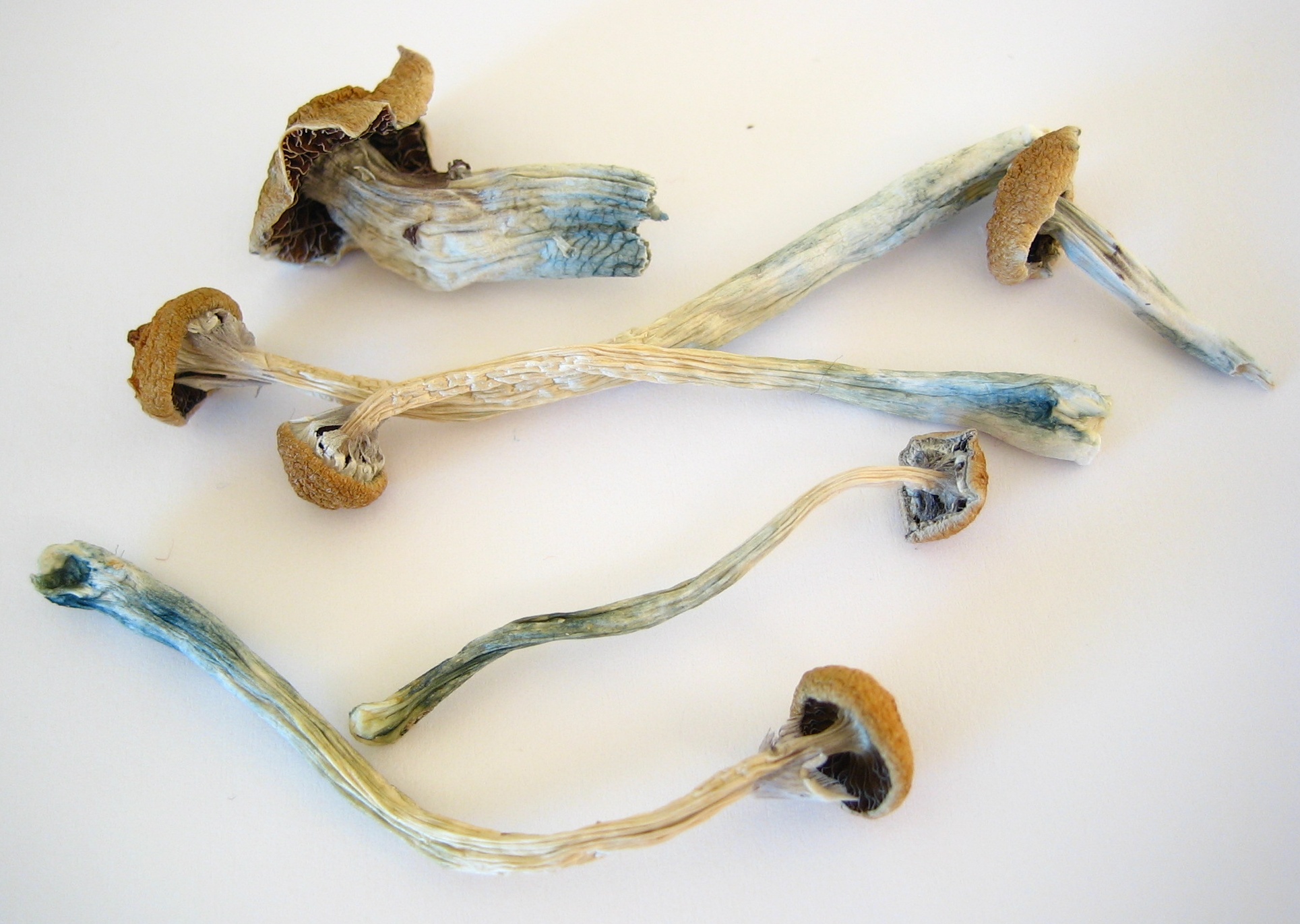|
Medicinal Fungi
Medicinal fungi are fungi that contain metabolites or can be induced to produce metabolites through biotechnology to develop prescription drugs. Compounds successfully developed into drugs or under research include those treating infection with amoeba, bacteria, fungus, virus, inhibitors of cholesterol and ergosterol synthesis, and psychotropics. Mushroom dietary supplements, commonly made from powdered or extracted fruiting bodies or mycelium, are marketed for various health benefits but lack sufficient scientific evidence for safety or effectiveness, and quality can vary due to inconsistent processing and labeling. History In Ancient Egypt moldy bread was applied to wound infection. '' Inonotus obliquus'' was used in folk medicine tumor treatment in Russia and Northern Europe during the 16th century. Hallucinogenic mushrooms include ''Amanita muscaria'', the fly agaric and "magic mushrooms", which contain psilocybin and psilocin. The ability to identify beneficial prope ... [...More Info...] [...Related Items...] OR: [Wikipedia] [Google] [Baidu] |
Fungi
A fungus (: fungi , , , or ; or funguses) is any member of the group of eukaryotic organisms that includes microorganisms such as yeasts and mold (fungus), molds, as well as the more familiar mushrooms. These organisms are classified as one of the kingdom (biology)#Six kingdoms (1998), traditional eukaryotic kingdoms, along with Animalia, Plantae, and either Protista or Protozoa and Chromista. A characteristic that places fungi in a different kingdom from plants, bacteria, and some protists is chitin in their cell walls. Fungi, like animals, are heterotrophs; they acquire their food by absorbing dissolved molecules, typically by secreting digestive enzymes into their environment. Fungi do not photosynthesize. Growth is their means of motility, mobility, except for spores (a few of which are flagellated), which may travel through the air or water. Fungi are the principal decomposers in ecological systems. These and other differences place fungi in a single group of related o ... [...More Info...] [...Related Items...] OR: [Wikipedia] [Google] [Baidu] |
Inonotus Obliquus
''Inonotus'' is a genus of fungi in the family Hymenochaetaceae. The genus, described by Petter Karsten Petter Adolf Karsten (16 February 1834 – 22 March 1917) was a Finnish mycologist, the foremost expert on the fungi of Finland in his day, and known in consequence as the "father of Finnish mycology". Karsten was born in Merimasku near Turku ... in 1879, is estimated to contain about 80 species '' sensu lato'' and 30 species '' sensu stricto'' (in the strict sense). The name comes from ''ino'' meaning ''fibrous'' and ''ot'' meaning ''ear''. Species *'' Inonotus acutus'' *'' Inonotus adnatus'' *'' Inonotus afromontanus'' *'' Inonotus albertinii'' *'' Inonotus amazonicus'' *'' Inonotus andersonii'' *'' Inonotus arizonicus'' *'' Inonotus australiensis'' *'' Inonotus austropusillus'' *'' Inonotus boninensis'' *'' Inonotus chihshanyenus'' *'' Inonotus chilanshanus'' *'' Inonotus chrysomarginatus'' *'' Inonotus clemensiae'' *'' Inonotus costaricensis'' *'' Inonotus crocitin ... [...More Info...] [...Related Items...] OR: [Wikipedia] [Google] [Baidu] |
Lysine
Lysine (symbol Lys or K) is an α-amino acid that is a precursor to many proteins. Lysine contains an α-amino group (which is in the protonated form when the lysine is dissolved in water at physiological pH), an α-carboxylic acid group (which is in the deprotonated form when the lysine is dissolved in water at physiological pH), and a side chain (which is partially protonated when the lysine is dissolved in water at physiological pH), and so it is classified as a basic, charged (in water at physiological pH), aliphatic amino acid. It is encoded by the codons AAA and AAG. Like almost all other amino acids, the α-carbon is chiral and lysine may refer to either enantiomer or a racemic mixture of both. For the purpose of this article, lysine will refer to the biologically active enantiomer L-lysine, where the α-carbon is in the ''S'' configuration. The human body cannot synthesize lysine. It is essential in humans and must therefore be obtained from the diet. In orga ... [...More Info...] [...Related Items...] OR: [Wikipedia] [Google] [Baidu] |
Vitamin D Biosynthesis In Fungi And Animals
Vitamins are organic molecules (or a set of closely related molecules called vitamers) that are essential to an organism in small quantities for proper metabolic function. Essential nutrients cannot be synthesized in the organism in sufficient quantities for survival, and therefore must be obtained through the diet. For example, vitamin C can be synthesized by some species but not by others; it is not considered a vitamin in the first instance but is in the second. Most vitamins are not single molecules, but groups of related molecules called vitamers. For example, there are eight vitamers of vitamin E: four tocopherols and four tocotrienols. The term ''vitamin'' does not include the three other groups of essential nutrients: minerals, essential fatty acids, and essential amino acids. Major health organizations list thirteen vitamins: * Vitamin A (all-''trans''-retinols, all-''trans''-retinyl-esters, as well as all-''trans''- β-carotene and other provitamin A car ... [...More Info...] [...Related Items...] OR: [Wikipedia] [Google] [Baidu] |
Alexander Fleming
Sir Alexander Fleming (6 August 1881 – 11 March 1955) was a Scottish physician and microbiologist, best known for discovering the world's first broadly effective antibiotic substance, which he named penicillin. His discovery in 1928 of what was later named benzylpenicillin (or penicillin G) from the mould ''Penicillium rubens'' has been described as the "single greatest victory ever achieved over disease". For this discovery, he shared the Nobel Prize in Physiology or Medicine in 1945 with Howard Florey and Ernst Chain. He also discovered the enzyme lysozyme from his nasal discharge in 1922, and along with it a bacterium he named ''Micrococcus lysodeikticus'', later renamed ''Micrococcus luteus''. Fleming was Knight Bachelor, knighted for his scientific achievements in 1944. In 1999, he was named in ''Time (magazine), Time'' magazine's list of the Time 100: The Most Important People of the Century, 100 Most Important People of the 20th century. In 2002, he was chosen in th ... [...More Info...] [...Related Items...] OR: [Wikipedia] [Google] [Baidu] |
Penicillium Rubens
''Penicillium rubens'' is a species of fungus in the genus ''Penicillium'' and was the first species known to produce the antibiotic penicillin. It was first described by Philibert Melchior Joseph Ehi Biourge in 1923. For the discovery of penicillin from this species Alexander Fleming shared the Nobel Prize in Physiology or Medicine in 1945. The original penicillin-producing type has been variously identified as '' Penicillium rubrum'', ''P. notatum'', and '' P. chrysogenum'' among others, but genomic comparison and phylogenetic analysis in 2011 resolved that it is ''P. rubens.'' It is the best source of penicillins and produces benzylpenicillin (G), phenoxymethylpenicillin (V) and octanoylpenicillin (K). It also produces other important bioactive compounds such as andrastin, chrysogine, fungisporin, roquefortine, and sorbicillins. History Belgian microbiologist Philibert Melchior Joseph Ehi Biourge was the first to describe ''P. rubens'' in 1923. The medicinal importance was ... [...More Info...] [...Related Items...] OR: [Wikipedia] [Google] [Baidu] |
Penicillin
Penicillins (P, PCN or PEN) are a group of beta-lactam antibiotic, β-lactam antibiotics originally obtained from ''Penicillium'' Mold (fungus), moulds, principally ''Penicillium chrysogenum, P. chrysogenum'' and ''Penicillium rubens, P. rubens''. Most penicillins in clinical use are synthesised by ''Penicillium chrysogenum, P. chrysogenum'' using industrial fermentation, deep tank fermentation and then purified. A number of natural penicillins have been discovered, but only two purified compounds are in clinical use: benzylpenicillin, penicillin G (intramuscular injection, intramuscular or Intravenous therapy, intravenous use) and phenoxymethylpenicillin, penicillin V (given by mouth). Penicillins were among the first medications to be effective against many bacterial infections caused by staphylococcus, staphylococci and streptococcus, streptococci. They are still widely used today for various bacterial infections, though many types of bacteria have developed antibiotic res ... [...More Info...] [...Related Items...] OR: [Wikipedia] [Google] [Baidu] |
Mold
A mold () or mould () is one of the structures that certain fungus, fungi can form. The dust-like, colored appearance of molds is due to the formation of Spore#Fungi, spores containing Secondary metabolite#Fungal secondary metabolites, fungal secondary metabolites. The spores are the dispersal units of the fungi. Not all fungi form molds. Some fungi form mushrooms; others grow as unicellular organism, single cells and are called microfungi (for example yeasts). A large and taxonomy (biology), taxonomically diverse number of fungal species form molds. The growth of hyphae results in discoloration and a fuzzy appearance, especially on food. The network of these tubular branching hyphae, called a mycelium, is considered a single organism. The hyphae are generally transparent, so the mycelium appears like very fine, fluffy white threads over the surface. Cross-walls (septa) may delimit connected compartments along the hyphae, each containing one or multiple, genetically identical ... [...More Info...] [...Related Items...] OR: [Wikipedia] [Google] [Baidu] |
Active Ingredient
An active ingredient is any ingredient that provides biologically active or other direct effect in the diagnosis, cure, mitigation, treatment, or prevention of disease or to affect the structure or any function of the body of humans or animals. The similar terms active pharmaceutical ingredient (abbreviated as API) and bulk active are also used in medicine. The term active substance may be used to describe the effective chemical used to control bacteria or pests. Some medication products can contain more than one active ingredient. The traditional word for the active pharmaceutical agent is pharmacon or pharmakon (from , adapted from '' pharmacos'') which originally denoted a magical substance or drug. The terms active constituent or active principle are often chosen when referring to the active substance of interest in a plant (such as salicylic acid in willow bark or arecoline in areca nuts), since the word "ingredient" can be taken to connote a sense of human agency (tha ... [...More Info...] [...Related Items...] OR: [Wikipedia] [Google] [Baidu] |
Psilocin
Psilocin, also known as 4-hydroxy-''N'',''N''-dimethyltryptamine (4-HO-DMT), is a substituted tryptamine alkaloid and a serotonergic psychedelic. It is present in most psychedelic mushrooms together with its phosphorylated counterpart psilocybin. Psilocybin, as well as synthetic esters such as 4-AcO-DMT (psilacetin; ''O''-acetylpsilocin) and 4-PrO-DMT (''O''-propionylpsilocin), are prodrugs of psilocin. Acting on the serotonin 5-HT2A receptors, psilocin's psychedelic effects are directly correlated with the drug's occupancy at these receptor sites. It also interacts with other serotonin receptors and targets. The subjective mind-altering effects of psilocin are highly variable in their qualitative nature but resemble those of lysergic acid diethylamide (LSD) and ''N'',''N''-dimethyltryptamine (DMT). Psilocin is a Schedule I drug under the Convention on Psychotropic Substances. Uses Psilocin is used recreationally, spirituality or shamanically, and medically. ... [...More Info...] [...Related Items...] OR: [Wikipedia] [Google] [Baidu] |
Psilocybin
Psilocybin, also known as 4-phosphoryloxy-''N'',''N''-dimethyltryptamine (4-PO-DMT), is a natural product, naturally occurring tryptamine alkaloid and Investigational New Drug, investigational drug found in more than List of psilocybin mushroom species, 200 species of mushrooms, with Hallucinogen, hallucinogenic and Serotonin, serotonergic effects. Effects include euphoria, changes in perception, a distorted sense of time (via brain desynchronization), and perceived spiritual experiences. It can also cause adverse reactions such as nausea and panic attacks. Its effects depend on set and setting and one's subject-expectancy effect, expectations. Psilocybin is a prodrug of psilocin. That is, the compound itself is biologically inactive but quickly converted by the body to psilocin. Psilocybin is transformed into psilocin by dephosphorylation mediated via phosphatase enzymes. Psilocin is structural analog, chemically related to the neurotransmitter serotonin and acts as a binding ... [...More Info...] [...Related Items...] OR: [Wikipedia] [Google] [Baidu] |
Psilocybin Mushroom
Psilocybin mushrooms, or psilocybin-containing mushrooms, commonly known as magic mushrooms or as shrooms, are a type of hallucinogenic mushroom and a polyphyletic informal group of fungi that contain the prodrug psilocybin, which turns into the psychedelic psilocin upon ingestion. The most potent species are members of genus ''Psilocybe'', such as '' P. azurescens'', '' P. semilanceata'', and '' P. cyanescens'', but psilocybin has also been isolated from approximately a dozen other genera, including '' Panaeolus'' (including '' Copelandia''), '' Inocybe'', '' Pluteus'', ''Gymnopilus'', and '' Pholiotina''. Amongst other cultural applications, psilocybin mushrooms are used as recreational drugs. They may be depicted in Stone Age rock art in Africa and Europe, but are more certainly represented in sculptures and glyphs seen throughout the Americas. Indoor cultivation '' Psilocybe cubensis'' grows naturally in tropical and subtropical conditions, often near ca ... [...More Info...] [...Related Items...] OR: [Wikipedia] [Google] [Baidu] |








